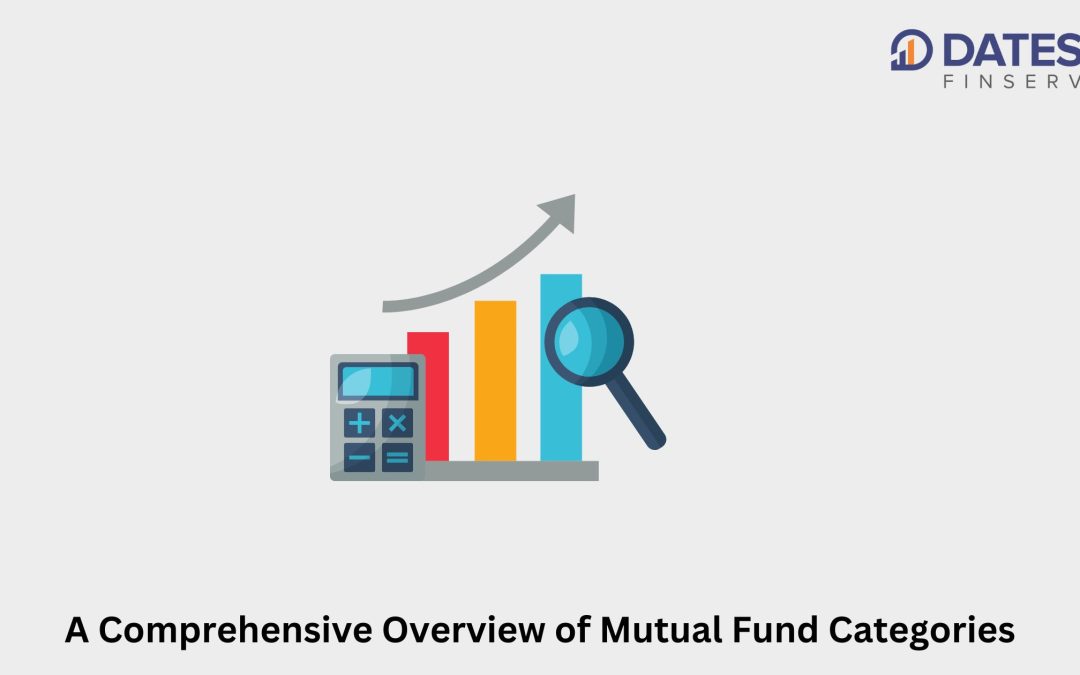Mutual funds are a popular investment vehicle for investors of all levels. They offer diversification, professional management, and the potential for growth. However, with so many different types of mutual funds available, it can be difficult to know where to start.
This blog post will provide a comprehensive overview of mutual fund categories. We will discuss the different types of funds, their investment objectives, and their risk and return profiles. We will also provide some tips for choosing the right mutual fund for your investment goals.
What is a mutual fund?
A mutual fund is a type of investment vehicle that pools money from many investors and invests it in a variety of securities. This allows investors to diversify their portfolios and reduce their risk. Mutual funds are also professionally managed, which means that investors do not have to worry about making investment decisions themselves.
Types of mutual funds
There are many different types of mutual funds available, each with its own investment objective. Some of the most common types of mutual funds include:
- Equity funds: Equity funds invest primarily in stocks. These funds offer the potential for high returns, but they also carry more risk than other types of funds.
- Debt funds: Debt funds invest in bonds and other fixed-income securities. These funds offer lower returns than equity funds, but they also carry less risk.
- Hybrid funds: Hybrid funds invest in a combination of equity and debt securities. These funds offer a balance between returns and risk.
- Money market funds: Money market funds invest in short-term debt securities. These funds offer the lowest risk of all types of mutual funds, but they also offer the lowest returns.
Investment objectives
The investment objective of a mutual fund is the goal that the fund’s manager is trying to achieve. Some of the most common investment objectives include:
- Growth: Growth funds aim to achieve long-term capital appreciation.
- Income: Income funds aim to provide regular income payments to investors.
- Balanced: Balanced funds aim to achieve a balance between growth and income.
- Tax-exempt: Tax-exempt funds invest in securities that are exempt from federal income taxes.
Risk and return profiles
The risk and return profile of a mutual fund is determined by its investment objective and the types of securities that it invests in. Equity funds typically have the highest risk and the highest potential return. Debt funds typically have the lowest risk and the lowest potential return. Hybrid funds and money market funds fall somewhere in between.
Also, read it – Best Mutual Funds for Senior Citizens
How to choose the right mutual fund?
When choosing a mutual fund, it is important to consider your investment goals, risk tolerance, and time horizon. You should also consider the fees charged by the fund.
If you are not sure which type of mutual fund is right for you, you should consult with a financial advisor.
Conclusion
Mutual funds offer a variety of investment options to meet the needs of different investors. By understanding the different types of mutual funds and their investment objectives, you can choose the right funds for your portfolio.

